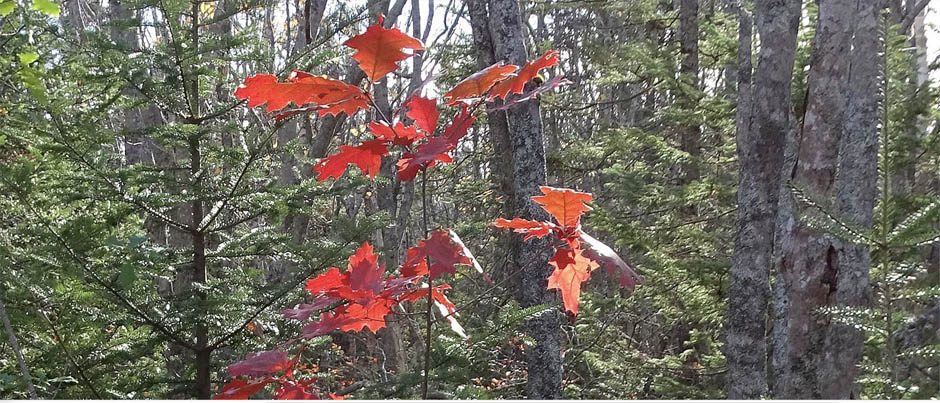VOICE OF THE PEOPLE: Log now, protect later makes no sense
Contributed. Published Jun 05, 2025
The Text:
Protecting and restoring the health of our forests, lakes and rivers is essential if we and our children and grandchildren are to have sustainable economies and a chance at living long and healthy lives.
To its credit, the Houston government is standing by its commitment to protect 15 per cent of Nova Scotia’s lands and waters by 2026, and 20 per cent by 2030. Meeting those targets is going to take a concerted effort by the departments charged with making it happen: the Department of Natural Resources and the Department of Environment and Climate Change. Ministerial letters assure us they are working together towards this goal, but are they?
The 3,900 hectares of the proposed Goldsmith Lake Wilderness Area is an ideal candidate for protection. Goldsmith Lake – a pristine lake, never dammed, with native trout and no cottage development – is ringed with stands of old-growth forest, some with trees over 300 years old.
So far DNR has recognized 21 stands, with more in the works. Citizen scientists have documented 111 species at risk occurrences in the proposed wilderness, 90 of them specifically associated with old forests. In a province where less than one per cent of our forests are old growth, the whole Goldsmith Lake area is a treasure.
The Goldsmith Lake Wilderness Area meets all the criteria laid out in the Collaborative Protected Areas Strategy. Not only does it have everything going for it ecologically, but it also enjoys tremendous local support. The Corbett Lake end is easily accessible from Bridgetown. It is on a canoe route that Annapolis County already promotes for tourism and recreation.
Spending time at Lichen Camp this spring, it is striking how many people visit these peaceful forests. Whether they are walking their dogs or riding in side-by-sides, everyone we have talked to gives the idea of protecting the whole area a hearty thumbs up.
They are not alone. The Municipality of Annapolis and the mayors of Middleton and Annapolis Royal strongly support protecting the Goldsmith Lake Wilderness Area. Our new MLA, David Bowlby, has been helpful too. He broke the news, in a letter to constituents, that the area is now under formal evaluation for permanent protection. This evaluation is conducted by the Department of Environment following a well-established procedure.
So why is logging going on right now within the proposed wilderness area? In the past, once an area was assessed for protection, a hold was put on any existing harvest plans. But that is not what is happening now.
DNR has defended the logging that is going on west of Goldsmith Lake because the forest being logged is only 50 years old. But that doesn’t apply to another area DNR has just approved for cutting. According to documents acquired through Freedom of Information requests, DNR has dusted off two very old harvest plans for the Corbett-Dalhousie Lake peninsula. These plans involve cutting stands of what DNR itself identifies as old forest, which, given time and protection, will become tomorrow’s old growth.
In 2019, public protests put a stop to it. But now, it turns out, these zombie plans have come back to life, albeit a secret life.
The public hasn’t had a formal opportunity to comment on these plans in over 10 years. They don’t appear anywhere on the publicly available Harvest Plan Map Viewer, but there they are in DNR documents, flagged as a priority for approval.
How many hours of staff time have gone into amending and re-amending these outdated logging plans?
The Collaborative Protected Areas Strategy calls for DNR and Environment to work together. But on the ground – and in the Freedom of Information documents – it is all too clear that DNR is assisting forestry interests to cut as much wood as possible before Environment can complete its process of evaluation. This is not good governance.
Premier, we need you to step in. Please instruct DNR to work with Environment, not against them. The Goldsmith Lake Wilderness Area, from a conservation point of view, is ideally suited to help this government reach 15 per cent next year.
Nina Newington, Citizen Scientists of Southwest Nova Scotia
